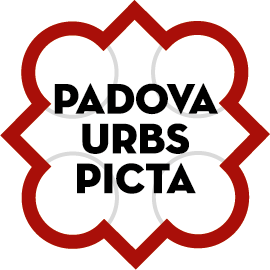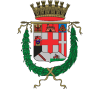Large expanses of fields, interspersed here and there by bell towers and ancient villas, create the landscape south of Padua. Rivers and canals cross the quietness of an area where the sounds and scents of yesteryear welcome us as our grandmother did when we were little.
The countryside of Lower Padua, bordered to the north by the Euganean Hills and to the south by the course of the Adige River, is a land that smells of ancient periods. Time passes slowly here, in full harmony with the rhythms of nature and agriculture. Far from the sensory noise of the cities we still fall in love, as when we were children, with the colors and smells of the seasons.
Land and water are the hosts in this area where agriculture is the main protagonist. Water is often found in the names of the villages of the area, such as Bagnoli, which comes from “balneoli”, in memory of a distant past when this area of the Po Valley was an immense expanse of water. We had to wait until the medieval period to see a reclamation of the territory, during which the latter saw the construction of more than seventy castles, with fortresses, walls, towers, ditches and embankments, around which new social centres developed. The place name Bagnoli di Sopra recalls the fact that the residential area was at a higher level than the rest of the area submerged by the marshes. Anguillara Veneta, another village in the area, in its name reminds us that eel fishing was once practised in the Adige River, which we also find in the municipal coat of arms.
The municipalities that are part of this area are, in addition to Anguillara Veneta and Bagnoli di Sopra, Conselve, Agna, Cartura, Pernumia, San Pietro Viminario and Tribano.
The reclamation works of this swampy area continued over the centuries, until the end of the nineteenth century. In particular, the years of Venetian domination represented for these lands a period of great splendour from an economic point of view, thanks also, precisely, to the interventions of reclamation of the marsh areas.
The era of the Serenissima was prosperous and happy from all points of view. The reclamation of the land has improved the productivity of the land and the rich Venetians have embellished the territory with splendid villas, some of which still exist and can be visited.
If you want to explore these lands, let yourself be guided by the Stradon del Vin Friularo, a Roman road named after the native grape, Bagnoli Friularo. According to one hypothesis, Friularo comes from the Latin “frigus”, cold, because its grapes are harvested in the second half of November, when it is now cold.
Lower Padua is a land of bygone times, a place to abandon oneself forgetting modernity, returning a little children and rediscovering our close relationship with nature. A land, that of the Venetian countryside, whose atmospheres echo in the writings of Goffredo Parise, Antonio Fogazzaro, Andrea Molesini.
A land that holds and stays inside, with its colors, its seasons, its flavors. And it reminds us that we belong to something older: older than buildings, asphalt roads, city chaos, modern stress. Something that, from time to time, in some magical places like this, we find looking at the brown of the earth and the blue of the sky.












